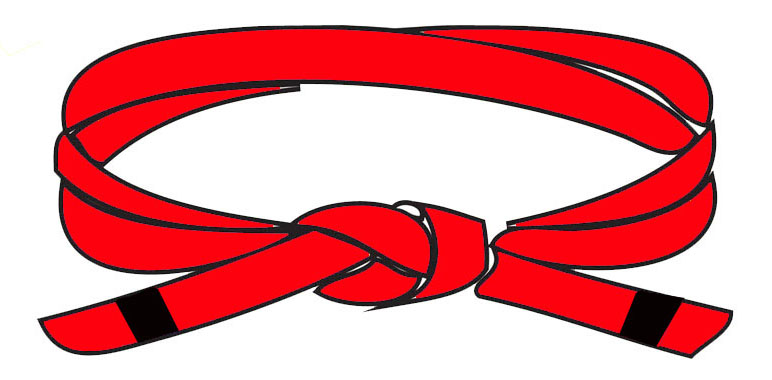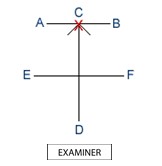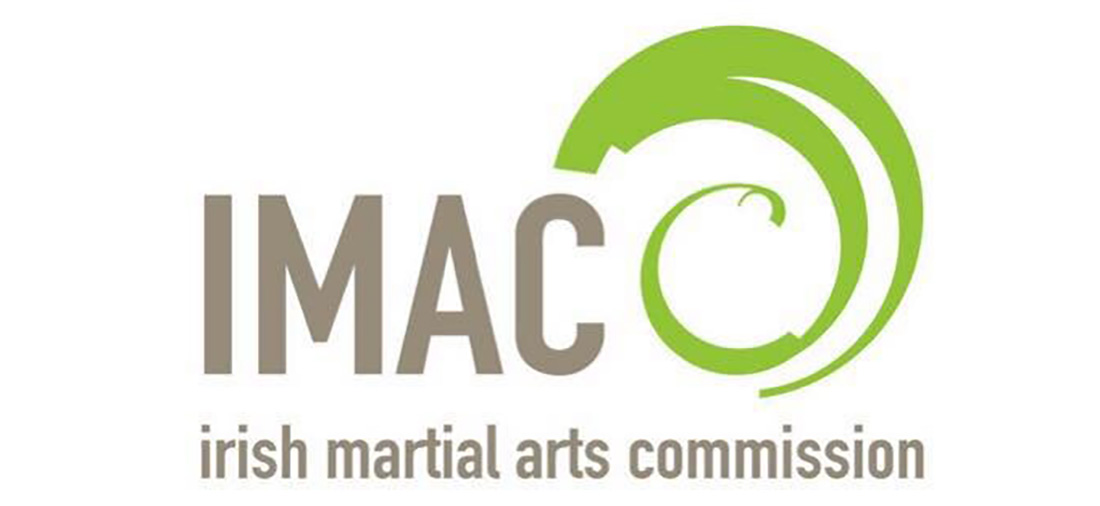Black Tag : Revision
You Are Here: Black Tag
Black Tag 1st Kup
Choong-Moo – 30 Movements

Choong moo was the given name to the great admiral Yi Sun Sin of the Yi Dynasty. He was reputed to have invented the first armoured battleship (kobuksun), which was the precursor of the present day submarine, in 1592 A.D. The reason why this pattern ends with a left-hand attack is to symbolize his regrettable death having no chance to show his unrestrained potentiality checked by the forced reservation of his loyalty to his king.
You will be graded on the following;
- Combinations in Line Work – Taken from patterns
- 3 Step Sparring – Numbers 1 – 5
- Two step sparring 1 – 5
- One step sparring traditional basic
- One step sparring traditional advanced (Using any hand attack or any kick)
- One step sparring traditional Model (Performed in slow motion & then again in fast motion)
- Self-defense, release moves, grasps, holds and take downs
- Free Sparring & 2 on 1 Free Sparring
- Power test, techniques determined by examiner on the day
- Fitness Test
Power Test Techniques
1: Your instructor will choose this on the day.
Power Tests are judged on
1: Proper technique
2: Correct striking tool
3: Proper posture
4: Accuracy
5: Destruction of target
Free Sparring – Jayu Matsogi
Attacking and Defending
(Free sparring is not prearranged. There is no prescribed number of steps or movements. It is essentially open combat with controlled attacks using all available means and methods.)
In order to prevent injury, protective equipment is worn. The teaching of free sparring starts at yellow belt, mainly for competitions.
Evaluation of free sparring is based on accuracy, speed, timing, distance, and quality of technique executed. Balance, blocking and dodging skills, and attitude are also very important.
Because each of the participants is free to move and attack, free sparring encourages the development of strategies for attack and defence, while improving speed and timing. Since free sparring is practiced as a non-stop fight that may consist of one or more rounds, and vary from short rounds of 30 seconds up to several minutes, being in good physical condition is very important.
Pattern: Choong Moo

Your Pattern click on the video below to view
Understanding Your Pattern
Questions You may be asked....
- How many moves in Choong-Moo? – 30
- Meaning of Choong-Moo? – Choong-Moo was the name given to the great Admiral Yi Sun Sin of the Yi Dynasty. He was reputed to have invented the first armoured battleship (Kobukson) in 1592, which was the precursor of the present day submarine. The reason that this pattern ends with a left hand attack is to symbolize his regrettable death, having no chance to show his unrestrained potentiality checked by the forced reservation of his loyalty to the king.
- What is the purpose of the 360 jump and spin into Knifehand guarding block in Choong-Moo?- To avoid a sweep or low attack and to disorientate the opponent.
- Demo & what is the Korean for X-knifehand checking block? – Kyocha Sonkal Momchau Makgi
- What is the Korean for upward twin palm block? – Ollyo Sang Sonbadak Makgi
- What is the Korean for flying side kick? – Twimyo Yop Chagi
- What is the Korean for sliding & explain it? – Mikulgi – It is an effective technique for covering a long distance in one smooth motion.
- Which 3 patterns have release moves. Demo & explain the difference between them? – Do-san, Joong-Gun and Hwa-Rang.
- Name 10 different blocks. Both in Korean & English? – Najunde Bakat Palmok makgi, Kaunde An palmok makgi, Najunde Sonkal makgi, Chookyo makgi, Sang Palmok makgi, Sonkal Daebi makgi, Hechyo makgi, Dollymio makgi, Golcho makgi, Sang Sonkal makgi, Doo Palmok makgi, Digutcha makgi, Noolyo makgi, Sonkal Dung makgi, Kyocha Chookyo makgi, Kyocha Noollo makgi, miro makgi, San makgi, Ollyo Sang Sonbabak makgi and Kyocha Sonkal Momchau makgi.
- Name 8 different kicks. Both in Korean & English? – Apcha busigi (front snap kick), Yop chajirugi (side piercing kick), Dollyo chagi (turning kick), Dwit chajirugi (back piercing kick), Bandae Dollyo chagi (reverse turning kick), Naeryo chagi (downward or axe kick), Noollo chagi (pressing kick), Yonsok chagi (consecutive kick), Bituro chagi (twisting kick), Twimyo Yop chagi (flying side kick).
- Name 8 different stances. Both in Korean & English? – Gunnon (Walking), Annun (Sitting), Niunja(L stance), Narani (Parrallel), Charyot (Attention), Gojong (fixed), Moa (closed), Goburyo (bending), Kyocha ( “X” ), Nachuo (Low), Dwitbal (rear foot), Soojik (vertical), Sogi (Stance).
- Name 8 different hand parts. Both in Korean & English? – Fore fist (Ap Joomuk), Back fist (Dung Joomuk), Side fist (Yop Joomuk), Knifehand (Sonkal), Reverse Knifehand (Sonkal Dung), Finger tips (Sonkut), Arc Hand (Bandal Son), Elbow (Palkup), Palm (Sonbadak), Open fist/palm heel (Pyun Joomuk)
- Name 5 different foot parts. Both in Korean & English? – Ball of the foot (Apkumchi), Foot sword (Balkal), Instep (Baldung), Back Heel (Dwichook), Toes (Balkut), Back sole (Dwitkumchi), Reverse Foot sword (Balkal Dung) Knee (Moorup).
- What is the Korean for Inward Reverse Knifehand strike? – Anaero Ap Sonkal Dung Taerigi
- What is the Korean for Head? – Mori
- Name the 4 parts of your forearm. Both in English and Korean? – Bakat (outer) An (inner) Dung (back) Mit Palmok (forearm belly)
- Why do we perform patterns? – To practice both offensive & defensive techniques against imaginary opponent, or opponents. To build strength, speed, balance and timing with your body.
- Why do we learn the meanings of patterns? – To gain inspiration and remember the history of those who came before us.
- What is Twisting kick in Korean & what part of the foot is used. Also what section for what height kick? – Bituro Chagi – Ball of the foot (Apkumchi). Low kick to the front, Middle kick to the 45 degree line and High kick over your shoulder to the side & behind you.
- Name 3 different fingertip thrusts. Both in Korean & English? – Upset Finger tip thrust – Dwijibun Sonkut Tulgi, Flat finger tip thrust – Opun Sonkut Tulgi, Straight finger tip thrust Sun Sonkut Tulgi.
- What does the colour Black signify, What is meant by impervious to darkness & fear? – Black is the opposite of white, therefore signifying maturity and proficiency in Taekwon-Do. It also indicates the wearer’s imperviousness to darkness and fear.
- What is the Korean for Vertical stance & explain it? – Soojik Sogi – body weight 60/40, rear leg is primary as most weight is on it, both feet pointed 15 degrees inward, length of 1 shoulder width between big toes.
- How have you supported your club and organization? – Think of all the things you have done over the years.
- Why do we do free sparring and 2 on 1 sparring? – To learn how to block, evade and counter against more than one attacker.
- What is the difference between ITF & WTF Taekwon-do? – ITF is Traditional based which allows punching to the head and WTF is more Sport based with no punching to the head
- Who’s your greatest inspiration in Taekwon-do? – Your Answer!
- Why did you start Taekwon-do? – Your Answer!
- What is your greatest moment in Taekwon-do? – Your Answer!
- If you had to pick a 6th tenet of Taekwon-do what would it be and why? – Your Answer!
- What is the difference between a martial artist & a sports person? – Your Answer!
- Why do you want to be a Blackbelt? – Your Answer!
- Any amount of questions from previous Gradings! – Remember and know your previous Theory




